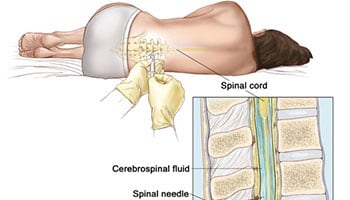Causes, How It Spreads, and People at Increased Risk
Causes
Haemophilus influenzae disease is a name for any infection caused by bacteria called H. influenzae. There are 6 distinct types of H. influenzae (named a through f), as well as other H. influenzae that are classified as nontypeable. The one that people are most familiar with is H. influenzae type b or Hib.
These bacteria live in people’s nose and throat, and usually cause no harm. However, the bacteria can sometimes move to other parts of the body and cause infection.
Experts do not know how long it takes after H. influenzae enter a person’s body for someone to get sick. However, it could take as little as a few days before symptoms appear.
How it spreads
People spread H. influenzae, including Hib, to others through respiratory droplets. People who are infected spread the bacteria by coughing or sneezing, which creates small respiratory droplets that contain the bacteria. Other people can get sick if they breathe in those droplets. People who are not sick but have the bacteria in their noses and throats can still spread the bacteria. That is how H. influenzae spreads most of the time. The bacteria can also spread to people who have close or lengthy contact with a person with H. influenzae disease.
People at increased risk
H. influenzae, including Hib, disease occurs mostly in children younger than 5 years old and adults 65 years or older. American Indian people, Alaska Native people, and people with certain medical conditions are also at increased risk. Those medical conditions include:
- Sickle cell disease
- Asplenia (no spleen)
- HIV infection
- Antibody and complement deficiency syndromes (rare conditions that affect the body’s ability to fight infections)
- Cancer requiring treatment with chemotherapy, radiation therapy, or bone marrow stem cell transplant



